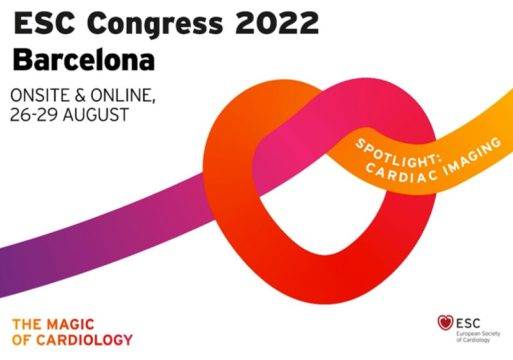The REVIVED-BCI2 included 700 patients with ejection fraction ≤35% with extended coronary artery disease and plausible PCI.

Patients were randomized to PCI plus optimal and complete medical treatment (OMT) according to the current guidelines.
347 patients received PCI and 353 OMT.
Primary end point was all cause death and hospitalization for cardiac failure.
There were no differences between the populations.
At 11-month follow-up, there were no differences in primary end point (PCI 37.2% vs OMT 38%). Neither were there differences in primary end point components or the presence of AMI.
The need for unplanned revascularization and myocardial ischemia were more frequent in patients receiving OMT.
Ejection fraction at 2 years was 27% at 6 and 12 months with no difference between the strategies.
Quality of life, according to the Kansas City Cardiomyopathy Questionnaire (KCCQ), was superior in patients receiving PCI at 6 months but with no difference at 2 years.
We can conclude that this study on patients with severe ventricular dysfunction undergoing OMT at maximal tolerable doses, revascularization with PCI did not result in lower incidence of all cause death or hospitalization for cardiac failure.

Dr. Carlos Fava.
Member of the Editorial Board of SOLACI.org.
Subscribe to our weekly newsletter
Get the latest scientific articles on interventional cardiology



